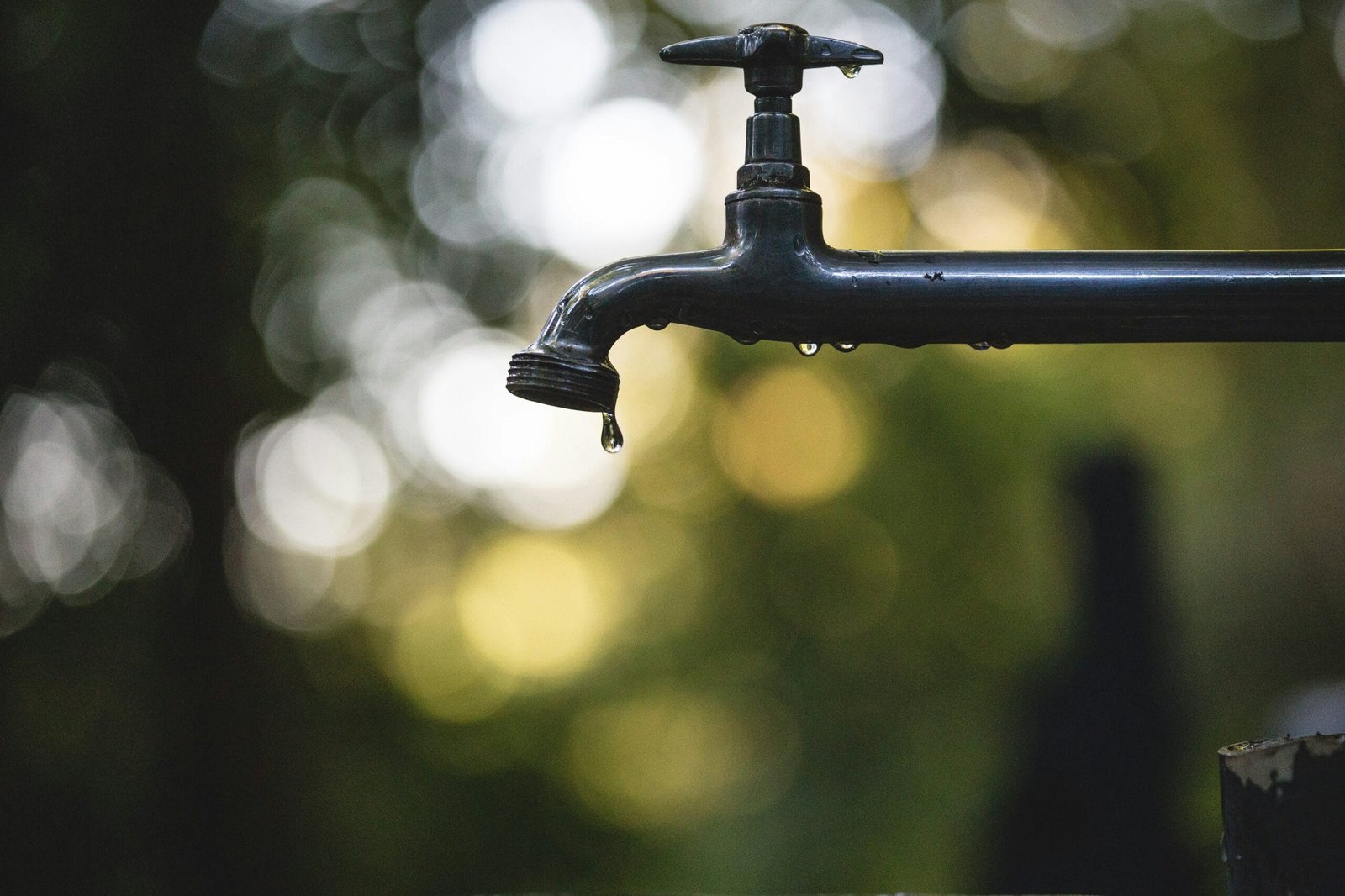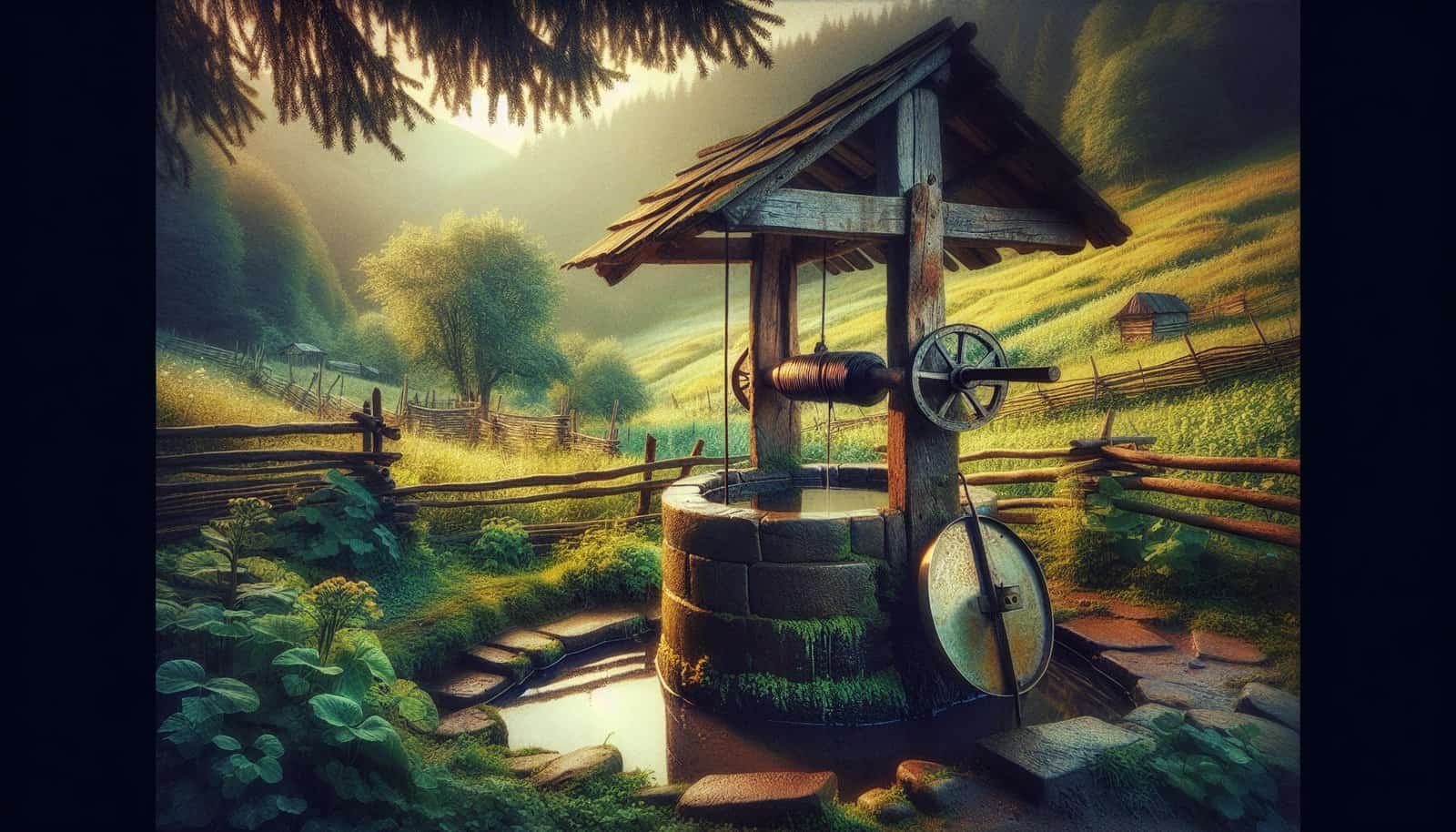Do you ever find yourself waiting endlessly for water to fill a pot or take a shower, longing for that steady, vigorous gush of water from your well? If so, you’re not alone. Many homeowners with well water systems encounter issues with low water pressure. But the good news is, you can address this challenge without an engineering degree! Let’s navigate the ways you can enhance your water pressure and reclaim a robust flow, making everyday tasks quicker and more pleasant.
Understanding Water Pressure in Well Systems
Before you dive into solutions, it’s essential to understand what water pressure is and how it functions within a well system. Water pressure is the force that pushes water through your plumbing system. It’s typically measured in pounds per square inch (psi). In a well system, the pressure is created by a combination of the pump and the pressure tank, which work together to supply your home with water.
What Causes Low Water Pressure?
There are several factors that might be contributing to low water pressure in your home. Identifying the cause is crucial to finding the right solution. Here are some common culprits:
- Pump Issues: If your well pump is not functioning correctly, it might not generate enough force to deliver the desired water pressure.
- Pipe Blockages or Leaks: Sediment buildup or leaks in pipes can restrict water flow, leading to decreased pressure.
- Pressure Tank Problems: A faulty pressure tank might not maintain the necessary pressure range, affecting the flow.
- Old Plumbing Systems: If your plumbing system is outdated, it might not be capable of handling the current demand, resulting in pressure loss.
- Well Capacity: Your well might not be able to meet the water demand of your household, leading to inadequate pressure.

Evaluating Your Current Water Pressure
The first step in solving low water pressure is to assess the current pressure level in your system.
Using a Pressure Gauge
To check your water pressure, you’ll need a pressure gauge. Follow these simple steps:
- Turn Off All Water Fixtures: Ensure that no water is being used in your house.
- Attach the Pressure Gauge: Connect it to an outdoor spigot nearest to your well system.
- Read the Gauge: Turn on the tap and take note of the pressure reading. Ideal pressure should generally be between 40-60 psi.
Interpreting Gauge Readings
- Below 40 psi: This indicates lower than optimal pressure, requiring some attention.
- 40-60 psi: This is a standard range and typically considered sufficient for most household activities.
- Above 60 psi: While high pressure might seem beneficial, it can cause wear on your plumbing system over time.

Increasing Water Pressure Step-by-Step
Now that you have a grasp on where the pressure stands, it’s time to introduce the potential solutions.
Inspect and Service Your Well Pump
A malfunctioning pump won’t be able to provide adequate pressure. Here’s what you can do:
- Check for Power Issues: Ensure the pump has proper voltage and is not shut off accidentally.
- Examining for Wear and Tear: Look for signs like strange noises or decreased efficiency, which indicate issues.
- Consider Professional Servicing: If you suspect problems, reaching out to a professional is wise.
Flush the System for Blockages
Pipeline blockages can substantially hinder water pressure. Here’s how you can address this:
- Flush Your Pipes Regularly: Doing so helps remove any sediment or mineral build-up that could be causing blockages.
- Inspect for Leaks: Repair any visible leaks in the piping, as they can significantly compromise pressure.
Adjust the Pressure Tank Settings
Your pressure tank plays a pivotal role in maintaining consistent pressure. Here’s how to tweak it for better performance:
- Check the Settings: Ensure pressure settings on the tank match the required guidelines (usually between 40-60 psi).
- Adjust the Pressure Switch: Turning the adjustment screw can help set the right cut-on and cut-off pressure levels.
Address Well Capacity Issues
If your well cannot keep up with water demand, this might require more substantial changes:
- Consider a Submersible Pump: If your current pump is insufficient, upgrading might be necessary.
- Install a Water Storage Tank: This provides a buffer of stored water that can help maintain pressure during high usage.
Upgrade Your Plumbing
For older homes, outdated plumbing might be causing pressure issues.
- Replace Narrow Pipes: Swapping them out for wider ones can facilitate a better flow of water.
- Check for Corrosion: This can contribute to pressure problems, so replacing corroded pipes should be on your to-do list.

Additional Solutions to Consider
Install a Constant Pressure System
This modern solution can significantly enhance your water experience:
- How It Works: A constant pressure system adjusts the pump’s speed to maintain steady pressure, similar to that provided by a municipal system.
- Benefits: It provides consistent water pressure regardless of usage fluctuations, making it ideal for homes with frequent or heavy water use.
Water Pressure Booster Pumps
A booster pump increases the pressure of the water as it enters your plumbing system:
- When to Use: Ideal if other solutions haven’t adequately solved the issue.
- Choosing the Right Pump: Consider the size of your household and normal water usage levels when selecting a booster pump.
Regular Maintenance and Inspections
Finally, maintaining a regular inspection routine can prevent and address pressure issues before they escalate.
- Schedule Regular Checks: This includes well, pump, and plumbing inspections.
- Clean and Maintain Equipment: Regular cleaning of equipment and systems will ensure longevity and efficient functioning.

Conclusion
Improving your well water pressure might initially seem daunting, but with a clear understanding and systematic approach, you can make substantial improvements. Remember, evaluating your current situation is the first and crucial step towards solving the problem. Once you’ve identified the cause, utilize the outlined methods to address and remedy the pressure issues. Whether it’s a minor adjustment to a pressure tank, flushing out an obstruction, or investing in a new pump, you have many options to restore and enhance your water pressure. A little patience and diligence, combined with the right tools and techniques, can make your well water flow as good as new, making everyday tasks much more efficient and enjoyable for you.

